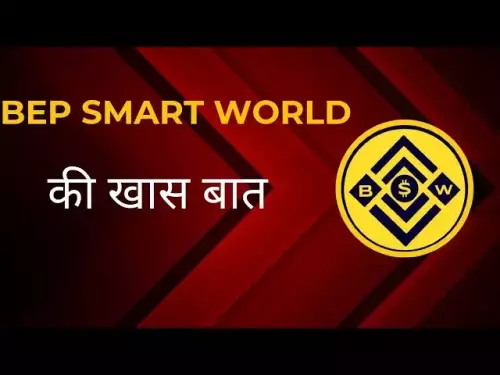-
 bitcoin
bitcoin $112195.049338 USD
2.42% -
 ethereum
ethereum $4124.915858 USD
2.81% -
 tether
tether $1.000570 USD
0.02% -
 xrp
xrp $2.861568 USD
2.25% -
 bnb
bnb $1000.346670 USD
3.04% -
 solana
solana $209.070819 USD
3.38% -
 usd-coin
usd-coin $0.999870 USD
0.02% -
 dogecoin
dogecoin $0.235379 USD
2.65% -
 tron
tron $0.335681 USD
-0.20% -
 cardano
cardano $0.803501 USD
3.38% -
 hyperliquid
hyperliquid $47.120881 USD
3.56% -
 chainlink
chainlink $21.501300 USD
3.44% -
 ethena-usde
ethena-usde $1.000571 USD
0.02% -
 avalanche
avalanche $29.793378 USD
3.62% -
 stellar
stellar $0.366964 USD
2.42%
What is the difference between USDT, USDC, and DAI?
USDT, USDC, and DAI maintain dollar parity through reserves, regulation, and over-collateralization, respectively, each balancing trust, transparency, and decentralization differently.
Sep 19, 2025 at 06:36 am
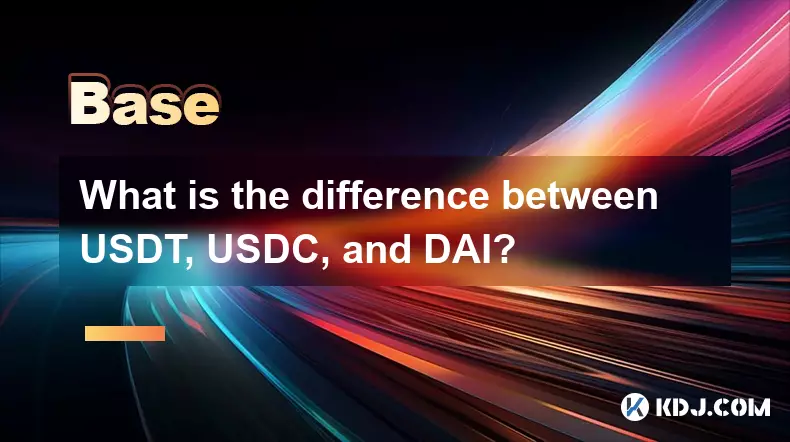
Understanding the Core Mechanisms of USDT, USDC, and DAI
1. USDT, also known as Tether, operates as a centralized stablecoin backed primarily by cash and cash-equivalent reserves. The company behind it claims each token is pegged 1:1 to the U.S. dollar, though transparency has been questioned in past audits. Despite scrutiny, USDT remains one of the most widely used stablecoins in trading pairs across exchanges.
2. USDC is issued by Circle and regulated under U.S. financial compliance standards. It is fully backed by reserved U.S. dollars and short-term U.S. Treasury bonds. Unlike USDT, USDC provides monthly attestation reports from independent accounting firms, offering greater visibility into its reserve composition.
3. DAI stands apart due to its decentralized nature. It is an over-collateralized crypto-backed stablecoin governed by the MakerDAO protocol on Ethereum. Instead of relying on fiat reserves, DAI maintains its peg through smart contracts and collateral assets like ETH, WBTC, and other tokens deposited into Maker vaults.
4. While USDT and USDC are both fiat-collateralized, their governance models differ significantly. USDT’s issuer, Tether Limited, has faced legal challenges over reserve disclosures. In contrast, USDC’s regulatory alignment makes it more acceptable for institutional players and compliant DeFi platforms.
5. DAI’s stability mechanism involves dynamic incentives such as stability fees and liquidation penalties. When users generate DAI, they lock up digital assets as collateral. If the value drops below a threshold, the system automatically auctions the collateral to maintain solvency and preserve the $1 peg.
Liquidity and Market Adoption Patterns
1. USDT dominates global trading volume, especially on Asian exchanges and peer-to-peer markets. Its integration with Binance, OKX, and Huobi gives it unmatched liquidity in altcoin pairings and margin trading desks.
2. USDC has gained traction in regulated environments and within the U.S.-based fintech ecosystem. It is preferred by institutions using blockchain rails for payments and settlements due to its adherence to AML/KYC frameworks.
3. DAI thrives in decentralized finance applications such as lending protocols (Aave, Compound) and yield-generating vault strategies. Its trustless issuance model appeals to users avoiding custodial intermediaries.
4. Cross-chain deployment plays a major role in adoption. All three stablecoins exist across multiple blockchains—Ethereum, Solana, Tron, Arbitrum—but USDT leads in Tron-based transactions due to low fees and high throughput.
5. During market volatility, traders often shift between these stablecoins based on confidence and redemption accessibility. Runs on DAI typically trigger increased minting activity, while concerns about Tether may prompt conversions into USDC or physical dollars.
Risks and Regulatory Exposure
1. Centralized stablecoins like USDT and USDC face counterparty risk tied to their issuers and banking partners. Legal actions against Tether in the past have highlighted vulnerabilities related to reserve opacity and potential freezes.
2. USDC’s reliance on traditional financial infrastructure means it can be subject to account freezes or blacklisting at the token level, particularly if sanctioned addresses interact with it.
3. DAI is exposed to systemic risks stemming from smart contract exploits and price oracle manipulation. A collapse in the value of underlying collateral types could destabilize the entire system despite over-collateralization.
4. Regulatory pressure on stablecoin issuers is intensifying globally. Proposed legislation in the U.S. could require stricter capital requirements or limit non-bank entities from issuing payment stablecoins, impacting USDT and USDC disproportionately.
5. The decentralization of DAI does not eliminate risk—it shifts it from custodians to code and governance participation. Large holders of MKR tokens wield significant influence over risk parameters and emergency interventions.
Common Questions About USDT, USDC, and DAI
Q: Can USDT lose its peg permanently?A: While temporary de-pegging occurs during extreme market stress, recovery depends on Tether’s ability to redeem or support demand. Historical data shows USDT has rebounded after brief dips, but structural loss of confidence could threaten long-term stability.
Q: Is DAI truly independent of traditional finance?A: Not entirely. Though DAI uses crypto assets as collateral, many of those assets derive value from fiat-denominated markets. Additionally, some collateral types include tokenized U.S. Treasuries, linking DAI indirectly to conventional monetary systems.
Q: Why do some platforms prefer USDC over USDT?A: Compliance-focused platforms choose USDC due to transparent attestations, regulatory cooperation, and lower perceived legal risk. Exchanges seeking banking partnerships often avoid USDT to reduce exposure to scrutiny.
Q: How is DAI kept stable without fiat backing?A: Through algorithmic incentives and over-collateralization. Users must deposit more in crypto value than the DAI they borrow. If the collateral ratio falls, liquidations occur automatically, removing excess supply to uphold the peg.
Disclaimer:info@kdj.com
The information provided is not trading advice. kdj.com does not assume any responsibility for any investments made based on the information provided in this article. Cryptocurrencies are highly volatile and it is highly recommended that you invest with caution after thorough research!
If you believe that the content used on this website infringes your copyright, please contact us immediately (info@kdj.com) and we will delete it promptly.
- Ethereum's Price Dance: Will Crypto Rallies Keep the Music Playing?
- 2025-09-29 08:25:12
- Crypto Staking Spotlight: BlockDAG's Referral Revolution Outshines Avalanche & Meme Coin Hype
- 2025-09-29 08:45:16
- BlockDAG, SUI, Chainlink: Navigating the Crypto Landscape in 2025
- 2025-09-29 08:25:12
- XRP Price Gears Up: Breakout Signals and What to Watch
- 2025-09-29 08:30:01
- Bitcoin, Gold, and Digital Assets: Navigating the New Financial Frontier
- 2025-09-29 08:45:16
- Naver & Dunamu: A Powerhouse Partnership Forged in Crypto?
- 2025-09-29 09:05:16
Related knowledge

What are some common methods of cryptocurrency market manipulation?
Sep 27,2025 at 02:55am
Wash Trading and Its Impact on Market Perception1. Wash trading involves an individual or entity simultaneously buying and selling the same cryptocurr...

How do I read a cryptocurrency whitepaper?
Sep 27,2025 at 05:54am
Understanding the Structure of a Cryptocurrency Whitepaper1. Begin by identifying the executive summary, which outlines the project’s core vision and ...
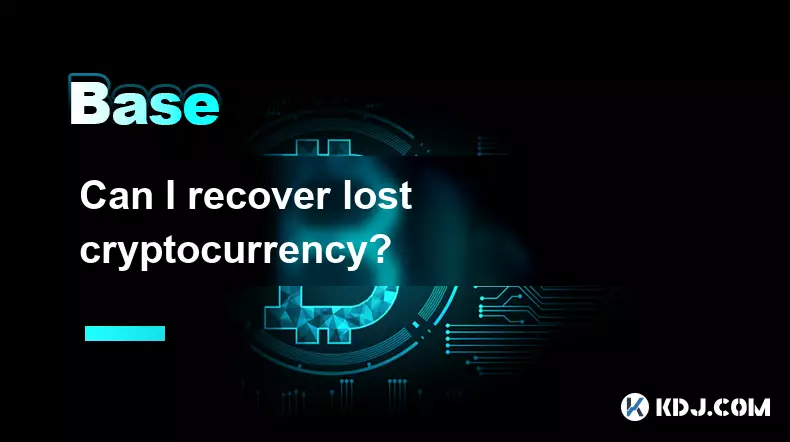
Can I recover lost cryptocurrency?
Sep 25,2025 at 08:18am
Understanding the Nature of Cryptocurrency Loss1. Cryptocurrency operates on decentralized networks, meaning there is no central authority to reverse ...

How do I choose a cryptocurrency investment strategy?
Sep 27,2025 at 03:55pm
Understanding Risk Tolerance in Crypto Investing1. Assessing personal risk tolerance is a foundational step when entering the cryptocurrency market. V...
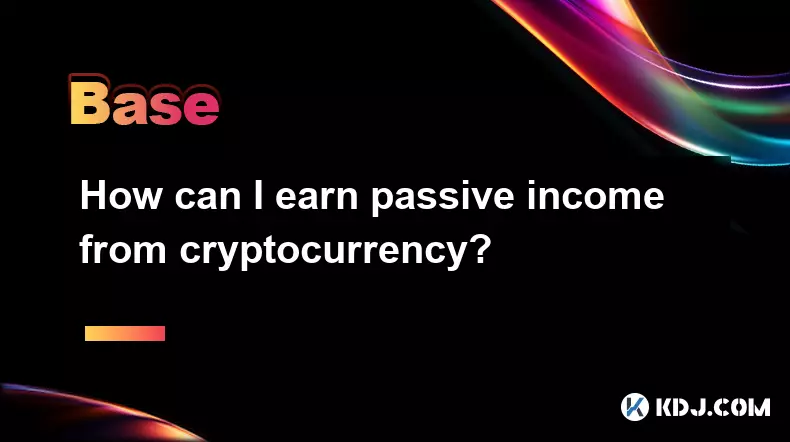
How can I earn passive income from cryptocurrency?
Sep 23,2025 at 10:18am
Staking Cryptocurrencies for Regular Returns1. Many blockchain networks operate on a proof-of-stake (PoS) consensus mechanism, allowing users to earn ...
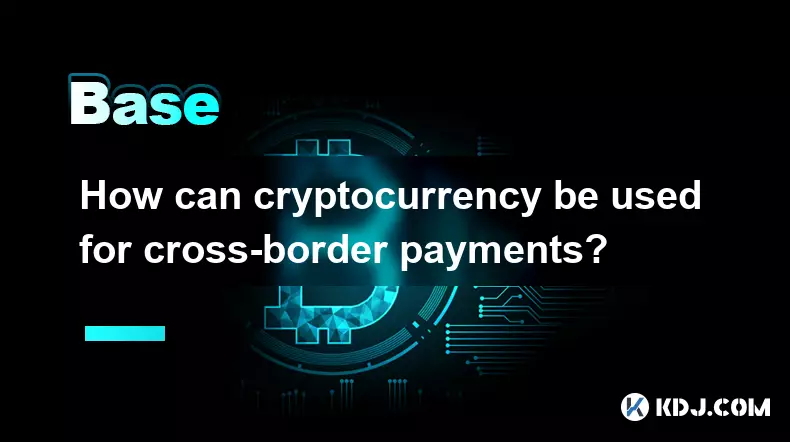
How can cryptocurrency be used for cross-border payments?
Sep 28,2025 at 01:36am
Efficiency in International Transactions1. Cryptocurrency enables near-instant settlement across borders without relying on traditional banking interm...

What are some common methods of cryptocurrency market manipulation?
Sep 27,2025 at 02:55am
Wash Trading and Its Impact on Market Perception1. Wash trading involves an individual or entity simultaneously buying and selling the same cryptocurr...

How do I read a cryptocurrency whitepaper?
Sep 27,2025 at 05:54am
Understanding the Structure of a Cryptocurrency Whitepaper1. Begin by identifying the executive summary, which outlines the project’s core vision and ...

Can I recover lost cryptocurrency?
Sep 25,2025 at 08:18am
Understanding the Nature of Cryptocurrency Loss1. Cryptocurrency operates on decentralized networks, meaning there is no central authority to reverse ...

How do I choose a cryptocurrency investment strategy?
Sep 27,2025 at 03:55pm
Understanding Risk Tolerance in Crypto Investing1. Assessing personal risk tolerance is a foundational step when entering the cryptocurrency market. V...

How can I earn passive income from cryptocurrency?
Sep 23,2025 at 10:18am
Staking Cryptocurrencies for Regular Returns1. Many blockchain networks operate on a proof-of-stake (PoS) consensus mechanism, allowing users to earn ...

How can cryptocurrency be used for cross-border payments?
Sep 28,2025 at 01:36am
Efficiency in International Transactions1. Cryptocurrency enables near-instant settlement across borders without relying on traditional banking interm...
See all articles
























